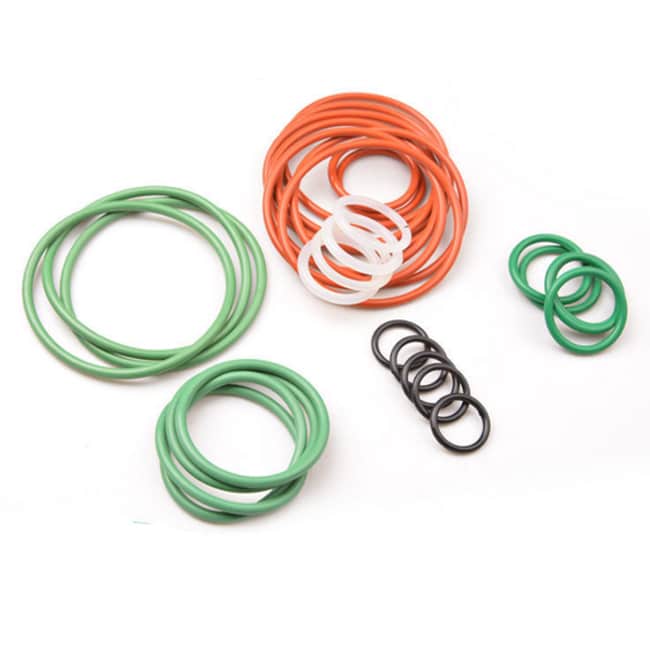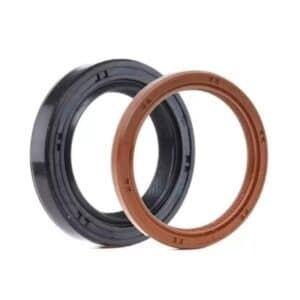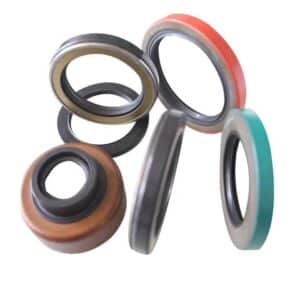Choosing between Silicone and NBR O-rings isn’t just a technical decision—it affects system life, cost, and compliance. So, which one should you choose?
Silicone O-rings are ideal for high heat and sterile environments, while NBR O-rings dominate oil-resistant industrial applications.

Let’s compare the differences and use cases to guide your selection.
What’s the difference between Silicone and NBR O-rings?
Silicone resists heat and UV, while NBR excels with oils and fuels. Your environment determines the right fit.
| Fonctionnalité | Joint torique en silicone | Joint torique NBR |
|---|---|---|
| Plage de température | -50°C à 250°C | -40°C à 120°C |
| Idéal pour | Heat, food, medical | Oil, fuel, hydraulics |
| Résistance chimique | UV, ozone, dry heat | Oil, fuel, water |
| Coût | Plus haut | Plus abordable |
Explore Silicone O-Ring specs | Learn more about NBR performance
Which O-ring material performs better in heat or oil?
- Utiliser Joints toriques en silicone for high-temperature, sterile, or outdoor conditions.
- Utiliser Joints toriques en NBR in fuel, hydraulic, or lubricated environments.
| Propriété | Silicone | NBR |
|---|---|---|
| Résistance à la chaleur | ✅ Excellent (up to 250°C) | ❌ Moderate (up to 120°C) |
| Résistance à l'huile | ❌ Pauvre | ✅ Excellent |
| Résistance aux intempéries | ✅ Excellent | ❌ Pauvre |
How do industries apply Silicone and NBR O-rings?
Joints toriques en silicone:
- Dispositifs médicaux
- Food & beverage systems
- Aerospace assemblies
Joints toriques en NBR:
- Fuel injection systems
- Vérins hydrauliques
- Automotive gaskets
Compare NBR to FKM O-Rings for more oil-based solutions.
What factors should you consider before choosing?
Use this simple checklist:
-
Température:
- Over 120°C → Silicone
- Under 120°C → Proceed to step 2
-
Media Exposure:
- Oil/fuel → NBR
- UV, dry heat, ozone → Silicone
-
Cost Sensitivity:
- Budget-critical → NBR
- Long-term performance → Silicone
Need custom specs? Try our Outil de fabrication de joints toriques.
What do customers say about these materials?
- “NBR O-Rings sealed our diesel pumps perfectly.” – Automotive client
- “Silicone survived 200°C sterilization cycles with no cracks.” – Medical OEM
Conseil: Utiliser this guide to understand sealing fundamentals.
Conclusion
Silicone and NBR serve different needs—match material to environment and you’ll seal with confidence.
Choose the right O-ring for your system
📩 Courriel : [email protected]
📞 WhatsApp : +86 17622979498
Related post


